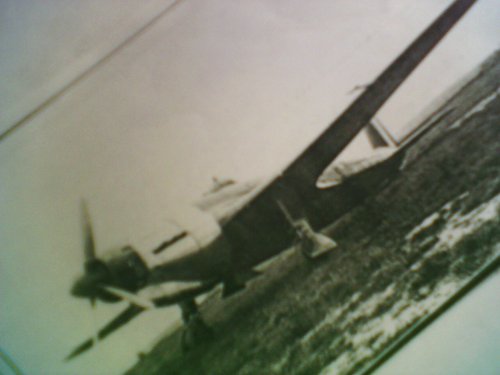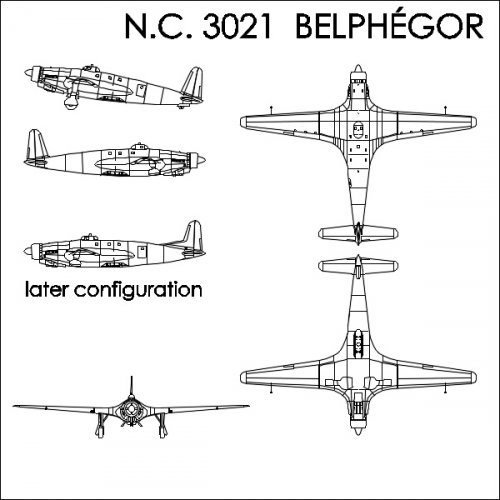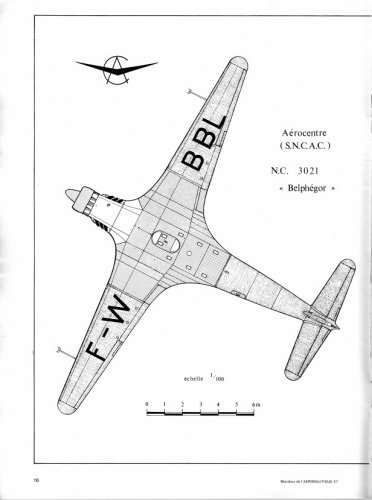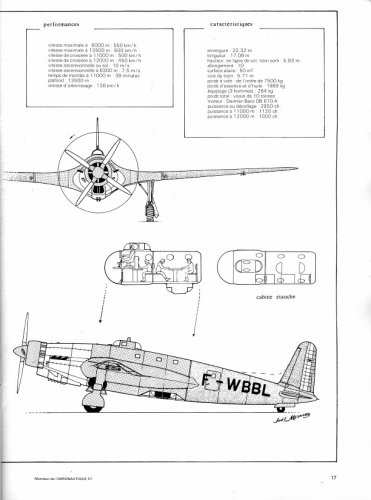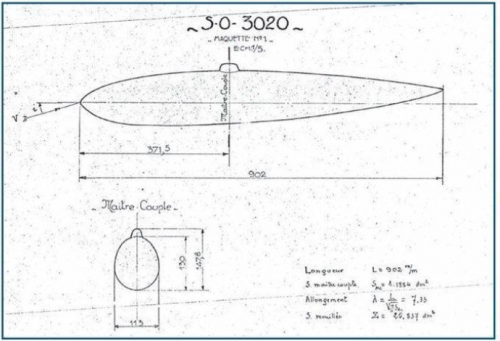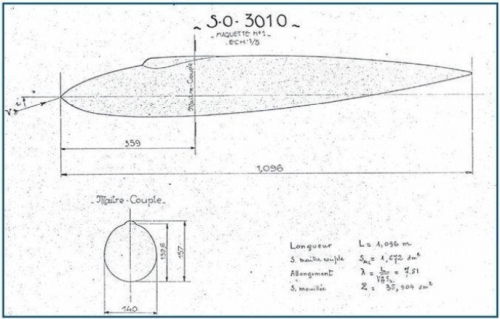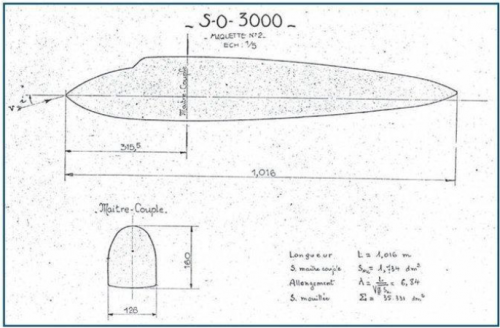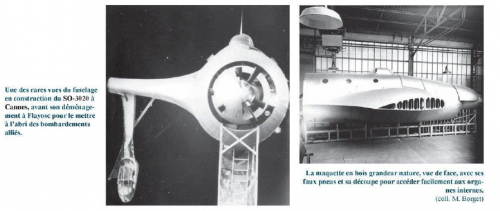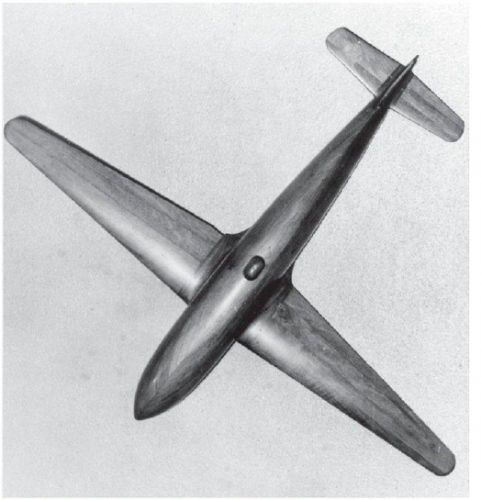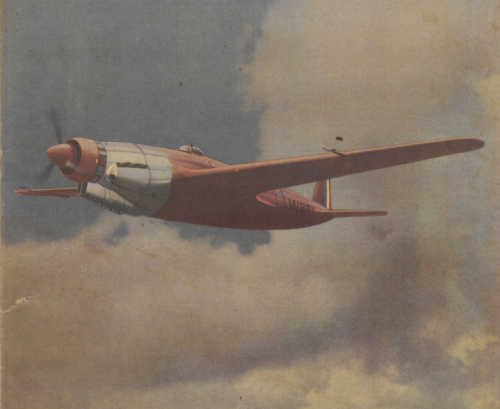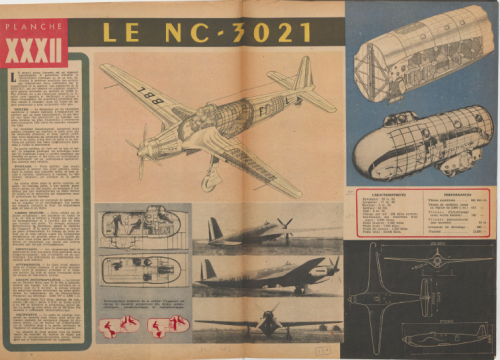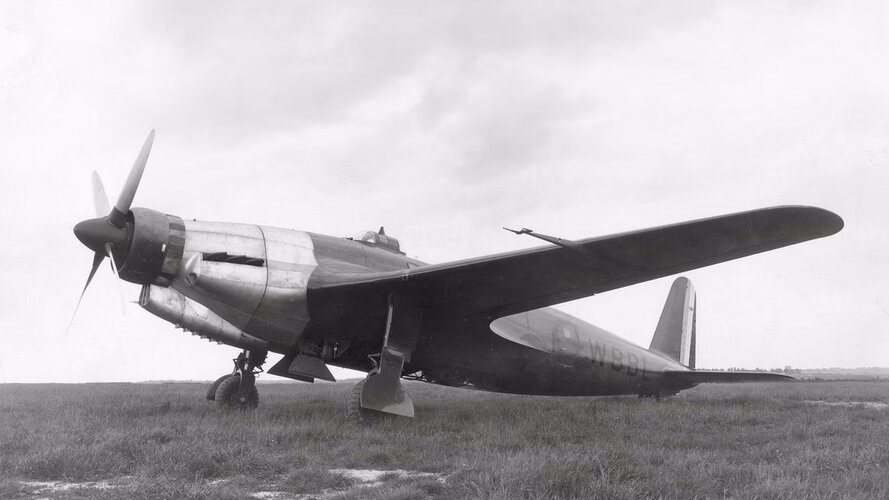You are using an out of date browser. It may not display this or other websites correctly.
You should upgrade or use an alternative browser.
You should upgrade or use an alternative browser.
SNCAC (Centre) NC.3021 « Belphégor »
- Thread starter rousseau
- Start date
Yeap! Powered by coupled-german engines, it was a pressurisation testbed. The propulsion system turn to be a nightmare, and the plane was perfectly unuseful and outdated. It flew a dozen of times before being scrapped...a big waste of time and funds, no doubt about that!
Hola amigos
I´ve been reading two days ago about this bird, in a Jane´s pocket book of Experimental Aircrafts , as Antonio said, the Aerocentre 3021 Belphegor, was based on the Farman 1000 of before the war, and had two Daimler Benz 605 engines, wich was a real nigtmare, so they choose to abandoned the project.
Raravia
I´ve been reading two days ago about this bird, in a Jane´s pocket book of Experimental Aircrafts , as Antonio said, the Aerocentre 3021 Belphegor, was based on the Farman 1000 of before the war, and had two Daimler Benz 605 engines, wich was a real nigtmare, so they choose to abandoned the project.
Raravia
- Joined
- 11 March 2006
- Messages
- 8,629
- Reaction score
- 3,838
The NC.3021 was powered by a DB 610A, indeed an engine consisting of two
coupled DB.605. Construction of the initial design, the NC.3020 started in 1942
in occupied France. The originally envisaged powerplant consisted of two Hispano
Suizy 12Z engines. The aircraft was never used for high altitude tests.
coupled DB.605. Construction of the initial design, the NC.3020 started in 1942
in occupied France. The originally envisaged powerplant consisted of two Hispano
Suizy 12Z engines. The aircraft was never used for high altitude tests.
Attachments
- Joined
- 22 January 2006
- Messages
- 4,222
- Reaction score
- 2,038
Nice drawings Jemiba. Thanks.

. In Le Fana 439 they share Archibald's opinion.a big waste of time and funds
There is a two-part article by Philippe Ricco in Avions no.207-208 (Sep.-Dec. 2015), way more detailed than the article in Le Fana.
There was also an article by Joël Mesnard in Le Moniteur de l'Aéronautique no.37 (Oct. 1980), with a beautiful 3-view.
There was also an article by Joël Mesnard in Le Moniteur de l'Aéronautique no.37 (Oct. 1980), with a beautiful 3-view.
Attachments
- Joined
- 26 May 2006
- Messages
- 34,946
- Reaction score
- 15,838
Hi,
here is an origin of SNCAC NC.3021,the SNCASO SO.3000,SO.3010 & SO.3020,by
the way,my dear C460 (Adrien) spoke about them before.
Avions 207
here is an origin of SNCAC NC.3021,the SNCASO SO.3000,SO.3010 & SO.3020,by
the way,my dear C460 (Adrien) spoke about them before.
Avions 207
Attachments
- Joined
- 3 June 2006
- Messages
- 3,095
- Reaction score
- 3,972
Interesting weblinks.
Sources / Links:

 oldmachinepress.com
oldmachinepress.com
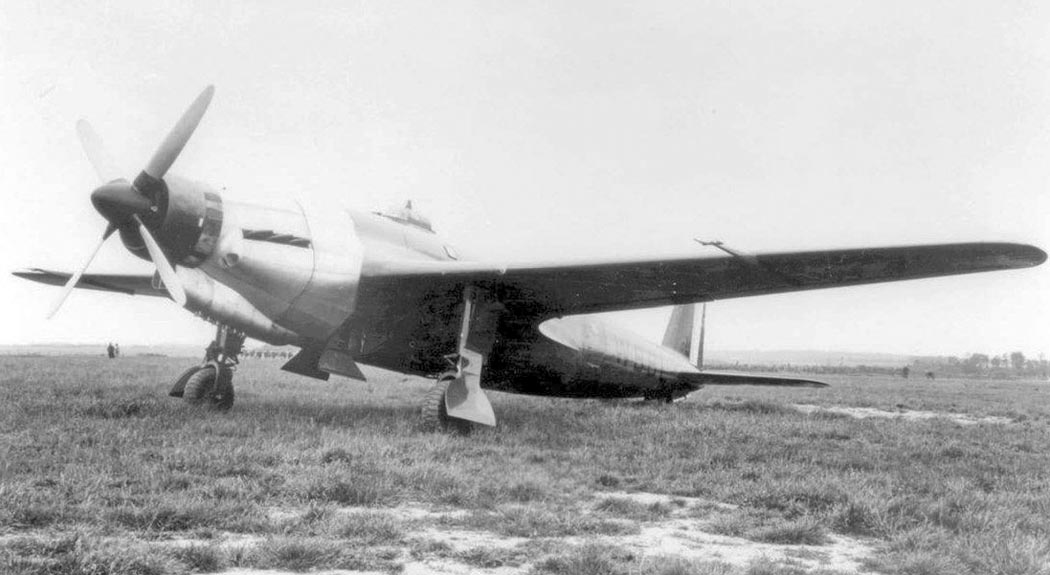
 www.destinationsjourney.com
www.destinationsjourney.com

 www.flugrevue.de
www.flugrevue.de
Sources / Links:

SNCAC NC 3021 Belphégor High-Altitude Research Aircraft
The SNCAC NC 3021 Belphégor was a research aircraft designed for the study of the stratosphere. Completed in 1946, the high maintenance of the airframe and DB 610 engine led to its demise.

SNCAC NC.3021 Research Aircraft - Destination's Journey
The SNCAC NC.3021 Belphégor was a French high altitude research aircraft designed and built at the end of World War II.

SNCAC NC 3021 Belphégor: Der französische Riesen-Dämon
Mit besonderen Flugzeugen machte sich Avions Farman seit den 1930er-Jahren einen Namen. Besonders auffällig war die Belphégor, die nicht nur durch ihre außergewöhnliche Größe bestach. Durchsetzen konnte sich das radikale Muster jedoch nicht.
Attachments
Last edited:
- Joined
- 11 March 2012
- Messages
- 3,253
- Reaction score
- 3,190
Don’t confuse this with the Polish airplane by the same name. The PZL Belphegor was an agricultural airplane based upon what look like the flying surfaces and jet engine from a Yakolev 42 commuter jet. That made it the only jet-powered agricultural airplane to enter production. The PZL Belphegor was great at converting jet fuel to noise but not profitable for dusting communist collective farms. Thankfully the PZL. Elphegor production run was short and followed by a short service life.
Since no-one did, that's a curious post.Don’t confuse this with the Polish airplane by the same name.

